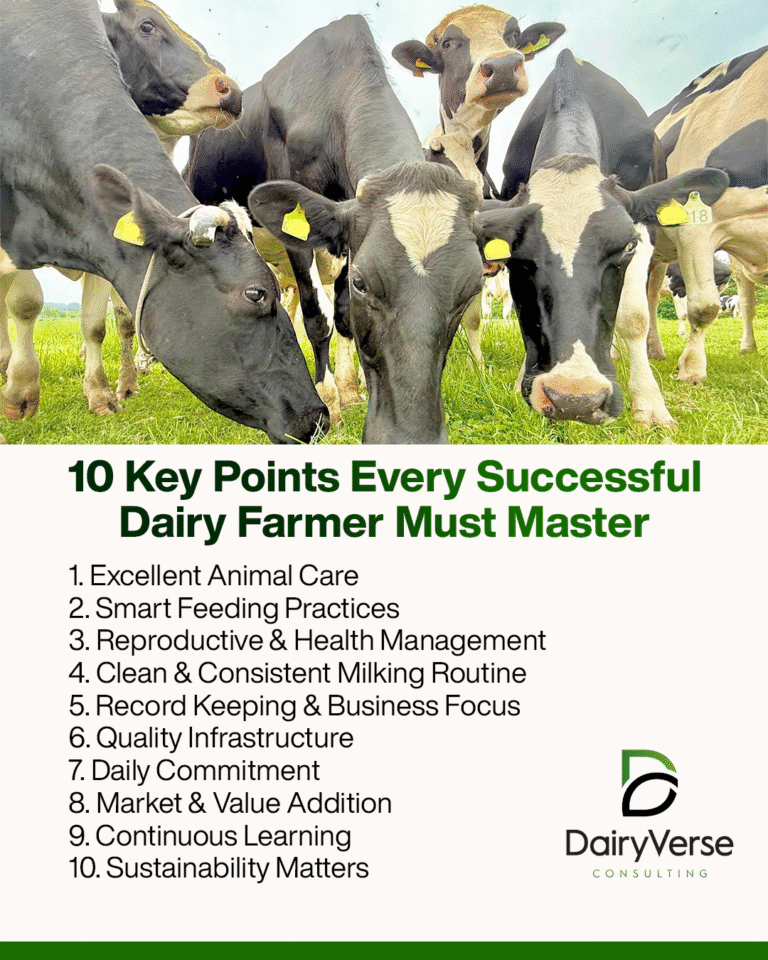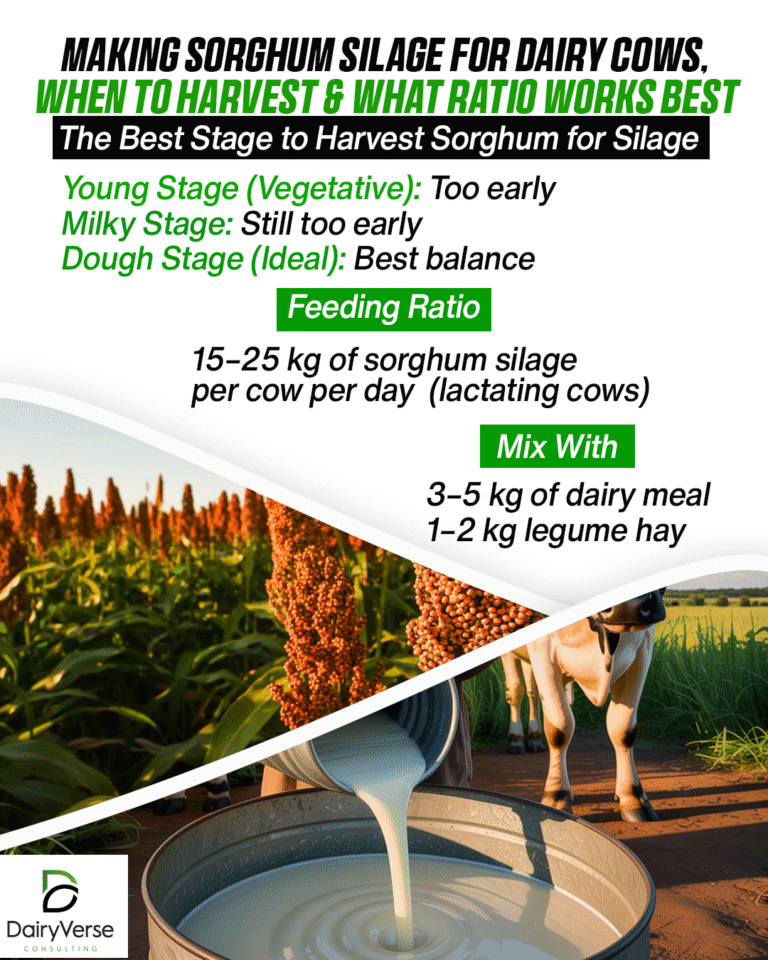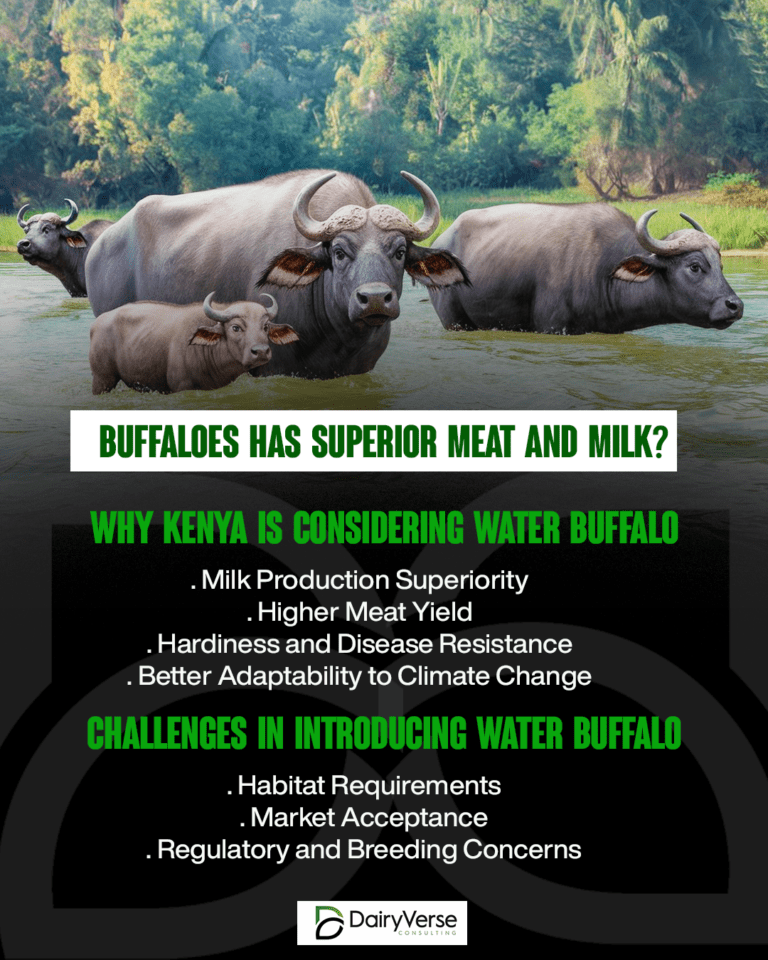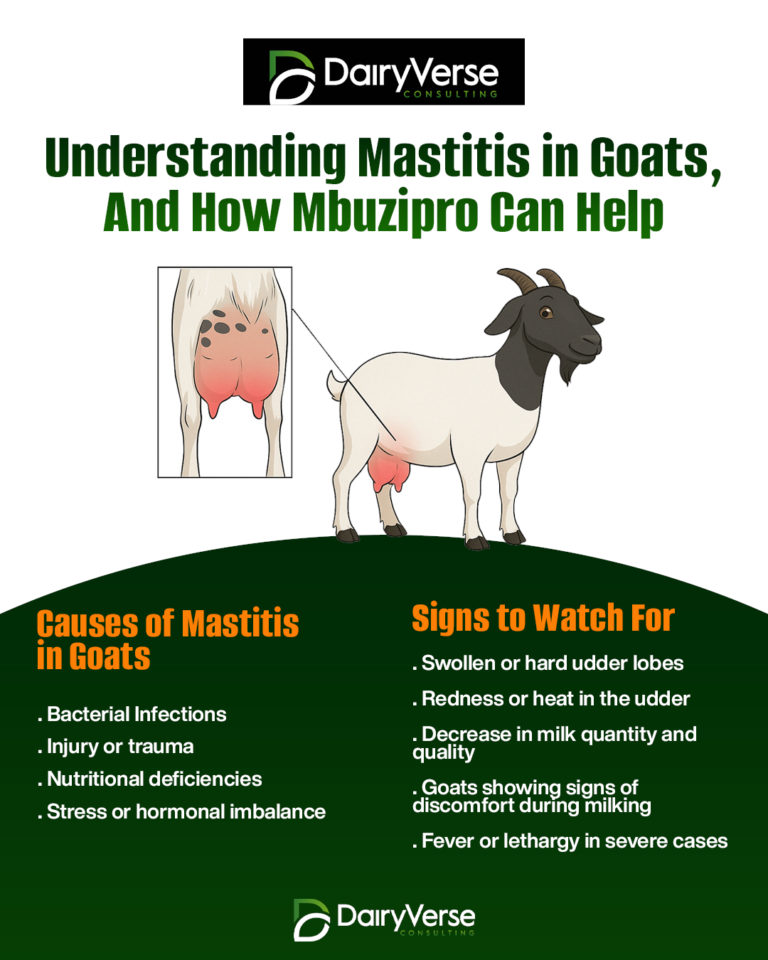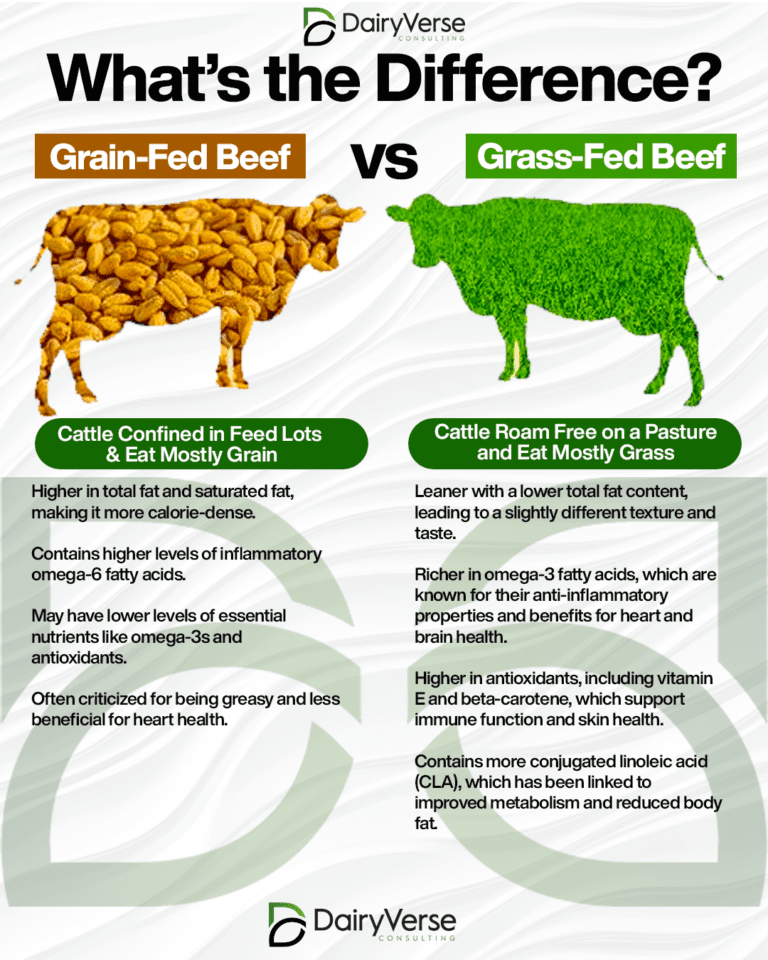Understanding Multi-Breed Crossbreeding in Cattle: A Simple Breakdown
Crossbreeding in cattle is a strategic practice used by farmers and breeders to improve productivity, health, adaptability, and overall performance of their herds. The image above demonstrates a structured approach to multi-breed crossbreeding, showing how genes from different cattle breeds can be combined over generations to achieve a balanced and high-performing animal.
🐄 What is Crossbreeding?
Crossbreeding is the mating of two animals from different breeds. The goal is to combine the strengths of each breed—such as better milk yield, disease resistance, meat quality, or adaptability to climate—into a new animal that carries the best traits of all.
📊 Step-by-Step Genetic Breakdown
1. First Generation (F1 Crosses):
- Breed A x Breed B = Offspring with 50% A, 50% B
- Breed C x Breed D = Offspring with 50% C, 50% D
- Breed E x Breed F = Offspring with 50% E, 50% F
These pairings are the foundation, each producing animals with a perfect 50/50 genetic split from their parents.
2. Second Generation (F2 Cross):
- The F1 offspring of A/B (50/50) is bred with the F1 offspring of C/D (50/50).
- This creates an animal with:
- 25% A
- 25% B
- 25% C
- 25% D
This step brings together four different genetic influences into a single cow, increasing the variety of traits.
3. Third Generation (F3 Cross):
- The new offspring (25%A, 25%B, 25%C, 25%D) is now bred with the F1 offspring of E/F (50/50).
- Final genetic composition becomes:
- 12.5% A
- 12.5% B
- 12.5% C
- 12.5% D
- 25% E
- 25% F
At this point, we have an animal that carries genes from six different breeds, with a well-balanced distribution aimed at maximizing hybrid vigor (also known as heterosis), where the crossbred animal outperforms the average of its parents.
🌟 Why This Matters for Farmers
- Better Performance: Mixed genetics often result in healthier, faster-growing animals with better reproduction.
- Environmental Adaptability: A mix of genes allows cattle to thrive in various climates and conditions.
- Economic Gains: Improved traits can lead to better milk production, meat yield, and overall profitability.
✅ Conclusion
This systematic crossbreeding approach gives farmers and breeders a scientific way to create a superior breed tailored to their specific goals. By carefully selecting and tracking breed combinations over generations, they can maximize productivity while maintaining healthy and resilient herds.


